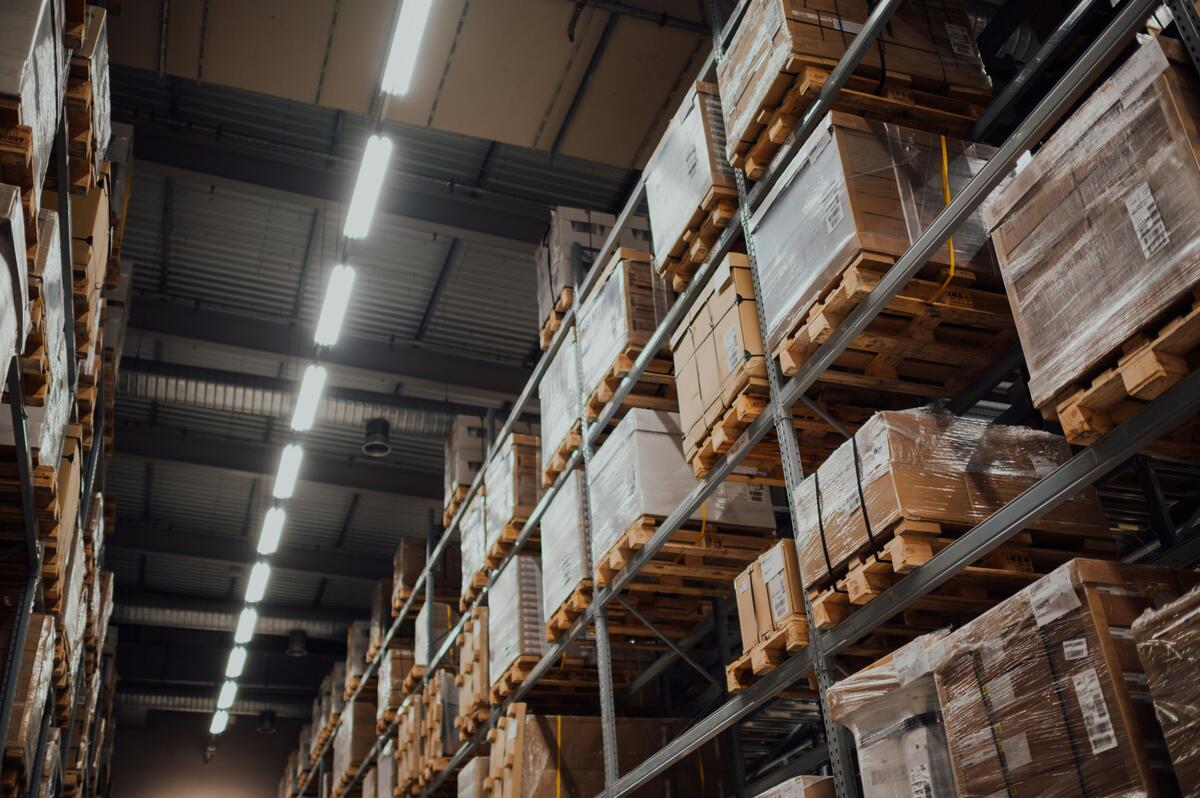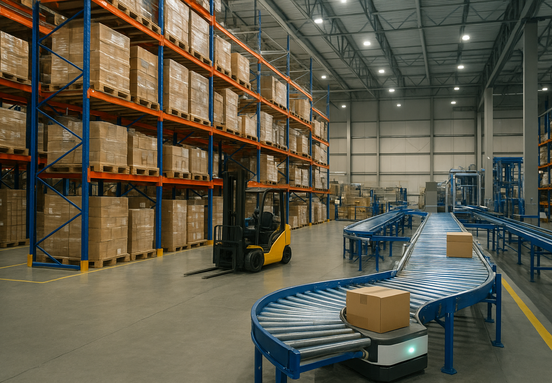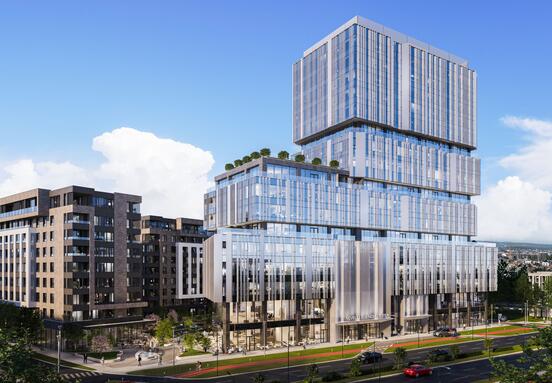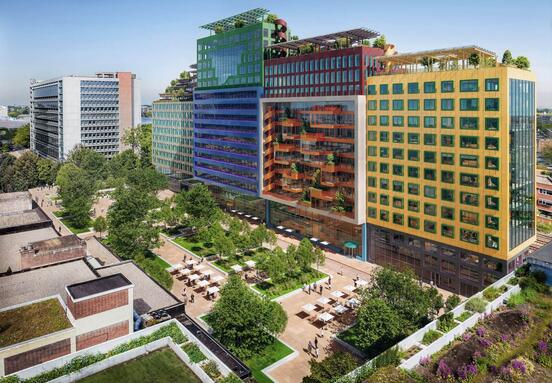One of the main reasons investors are moving away from city centers is the price and availability of land. In Belgrade, Novi Sad, and Niš, the supply of industrial land is limited, while land prices in some business zones have reached levels that make large-scale warehouse construction less profitable. In contrast, areas along highways, bypasses, and railway corridors offer significantly lower costs and more flexible zoning regulations. This allows investors to plan facilities that can expand, adapt, and develop over the long term.
Serbia’s transport connectivity plays a key role in this trend. Locations along the E-75 highway—such as Stara Pazova, Inđija, Smederevo, and Jagodina—are emerging as key hubs for the development of new logistics parks. These destinations offer quick access to Belgrade while providing links to regional markets and border crossings with Hungary, Bulgaria, and North Macedonia. In addition, the growth of the e-commerce sector and the increasing need for faster product delivery have fueled demand for logistics capacities outside urban zones, where proximity to the highway is often more valuable than proximity to the city center.
Beyond locational advantages, local municipalities in smaller towns are actively encouraging investment. More flexible spatial plans, faster permitting procedures, and potential infrastructure incentives make these destinations attractive for new developments. In many cases, municipalities recognize logistics and industry as drivers of employment and local growth, and are willing to support projects through infrastructure investment or tax incentives.
However, expanding logistics beyond city limits is not without its challenges. Investments in infrastructure such as access roads, water supply, and energy connections often fall on the shoulders of investors. Distance from urban centers can also make it harder to recruit skilled workers or increase last-mile delivery costs. Still, for most large logistics operators and developers, the long-term benefits of lower costs and scalability outweigh these obstacles.
Examples of this trend are already visible across the country. Projects in the Stara Pazova zone, around Novi Sad, and new logistics parks in southern Serbia show that investments are moving toward areas with lower costs and well-developed infrastructure. At the same time, Belgrade remains the most in-demand market, but the focus is shifting toward its outskirts—such as Dobanovci, Surčin, and Pančevo—where a new generation of modern distribution centers is emerging.
In the year ahead, this trend is expected to intensify further. 2026 could become the year when logistics parks in peripheral and regional zones become the norm rather than the exception. The growing need for sustainable, energy-efficient buildings and increasing automation will further strengthen development outside city zones. For investors, understanding local regulations, cooperating with municipalities, and taking a strategic approach to site selection will be key to success.
Thanks to its geographic position and ongoing infrastructure investments, Serbia is becoming an increasingly attractive logistics destination in the Balkans. And while Belgrade and Novi Sad have long dominated the market, it now seems that the real growth opportunities lie just a few kilometers beyond the city limits.







